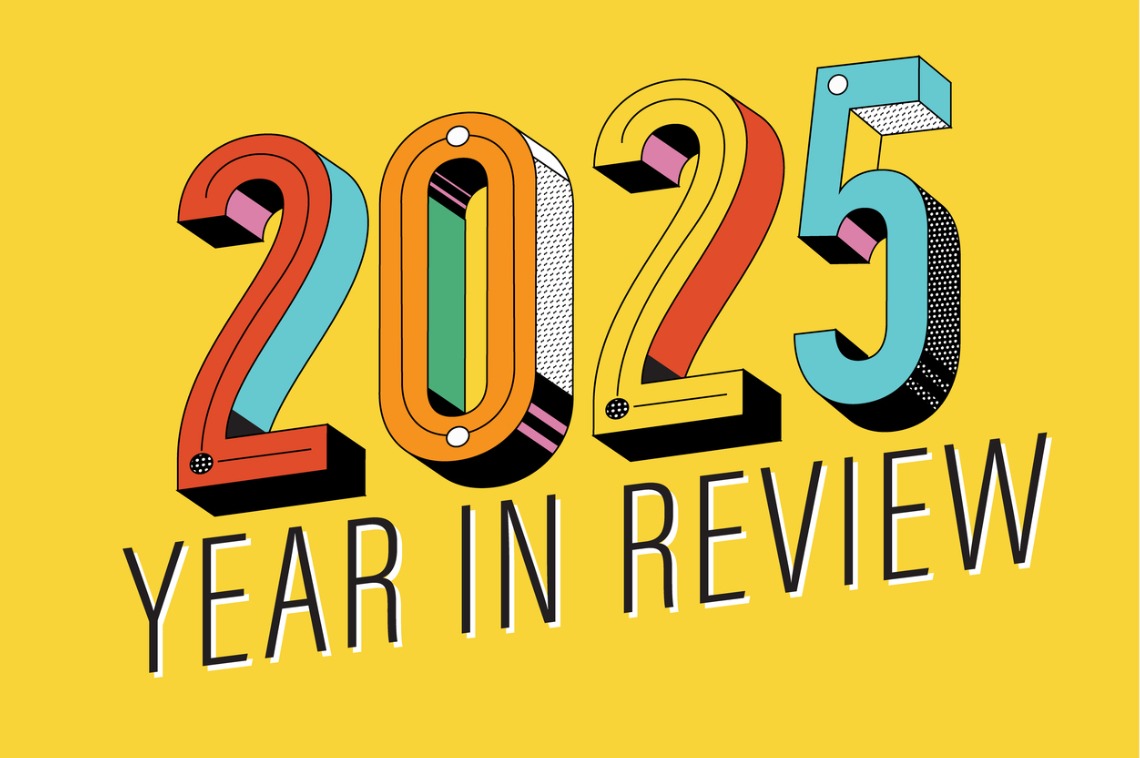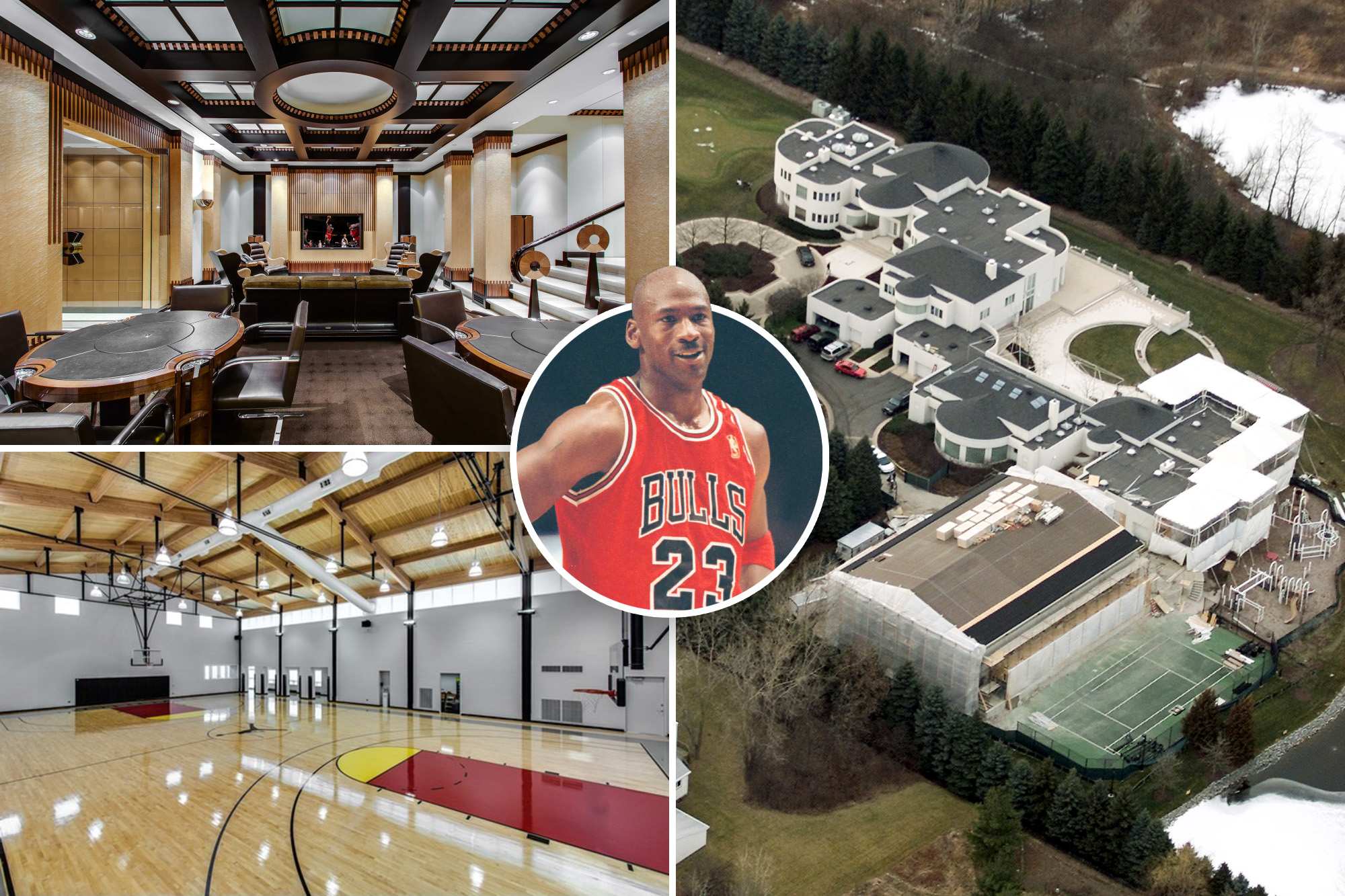T
he classic image of the American dream—owning a home as a sign of stability and upward mobility—is now under strain. New data from the National Association of Realtors (NAR) shows that the median age of first‑time buyers has risen to 40, up from 38 last year and from 36 in 2022, 33 in 2020, and 28 in 1991. “It’s a shocking number,” said NAR’s deputy chief economist Jessica Lautz, noting the sharp climb in recent years.
This age shift signals a broader affordability crisis that is pushing homeownership further out for many Americans. In 2025, the average first‑time buyer is almost as close to the age of early Social Security withdrawals (62) as to finishing high school (18). The NAR’s 2025 Profile of Home Buyers and Sellers, based on transactions from July 2024 to June 2025, found that first‑time buyers now make up only 21 % of all purchases—a record low. Lautz explained that the steep drop—about 50 % since 2007—reflects a market starved of affordable inventory, delaying wealth building and costing families an estimated $150 k in equity over a decade.
Financial hurdles are mounting. The typical down payment sits at 10 %, the highest level since 1989. Most buyers (59 %) rely on personal savings, while 26 % tap 401(k)s or investment accounts, and 22 % depend on gifts or loans from family and friends. This trend shows how hard it is for those without strong family support to enter the market. In contrast, repeat buyers, whose median age is 62, often use equity from prior sales for larger down payments, and 30 % can purchase outright with cash. The result is a bifurcated market: older, established homeowners enjoy mobility and security, while younger prospects wait longer and risk missing out on key wealth‑building years. As Fortune reported, this dynamic pits boomers against millennials in the housing race.
Societal shifts are evident too. Only 24 % of buyers have children under 18 at home, a new low, and the share of multigenerational homes—where owners care for aging parents and college‑returning kids—has fallen to 14 % from 17 % in 2024.
The crisis has thrust housing policy into the national spotlight. NAR’s executive vice president Shannon McGahn urged urgent action to address the root causes of the affordability crunch: a chronic shortage of homes. She called for unlocking existing inventory, revitalizing underused properties, easing zoning and permitting hurdles, and modernizing construction techniques to accelerate affordable development. Without such measures, the dream of homeownership—and the social mobility it once promised—may continue to slip further from reach for ordinary Americans. “For generations, homeownership has been the primary way to build wealth and the cornerstone of the American Dream,” McGahn said.














